Quantum computers can’t selectively forget information. A new algorithm for multiplication shows a way around that problem.


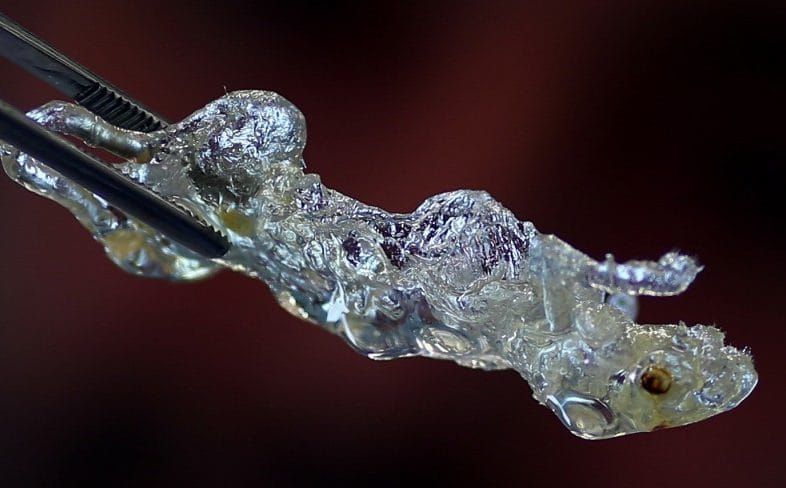
Transparent mice and human organs have been created by scientists using a new technique which reveals the underlying structure of tissue.
Scientists led by Dr Ali Erturk at Ludwig Maximilians University in Munich developed a process which uses organic solvents to strip away fats and pigments but preserves the structure of the cells beneath.
The new technology allows body parts to be scanned by lasers under a microscope to capture the entire structure including all the intricate blood vessels and every single cell in its specific location.
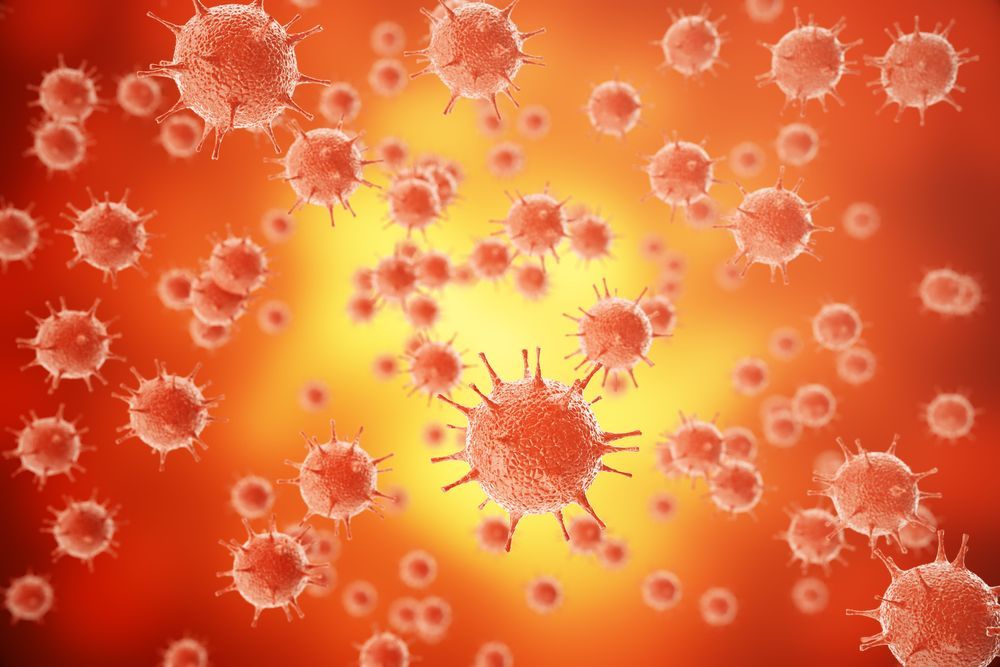
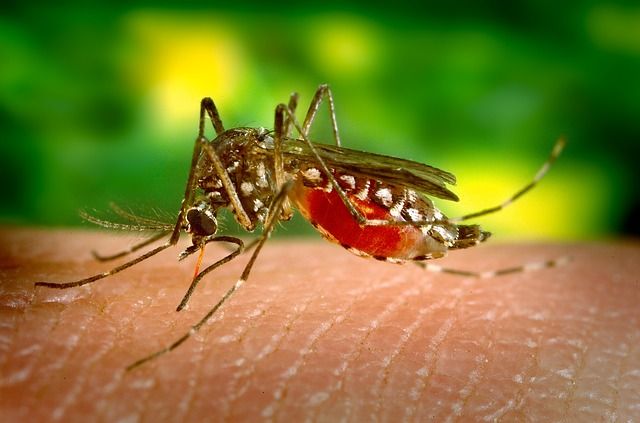
Burdening occurrence of dengue fever across the Asia-Pacific region has prompted the demand for effective vaccines and medications to supress this viral malaise. While several pharmaceutical companies are striving to develop a cure for dengue, the fever’s incidence rate in Asia-Pacific is rising at an alarming rate. A recent report published by Future Market Insights predicts that in 2017, an estimated 70.3% of global dengue vaccines market will be dominated by Asia-Pacific. Through 2027, the region will continue to be the largest market for dengue vaccines, procuring a majority revenue share and projecting revenue growth at a 17.4% CAGR.
Request to View Sample of Research Report @ https://www.futuremarketinsights.com/reports/sample/rep-gb-1763
Future Market Insights also observes Latin America as the second-largest market for dengue vaccines, and is expected to rake in US$ 288.7 Mn towards the end of 2027. The report, titled “Dengue Vaccines Market: Global Industry Analysis and Opportunity Assessment, 2017–2027,” expects that more and more pharmaceutical giants from across the globe will be partaking in the market’s growth in the years to come. Currently, the market is witnessing active participation of French drugmaker, Sanofi S.A., while vaccines being formulated by companies such as Biological E. Limited, Takeda Pharmaceutical Company Limited, GlaxoSmithKline plc, Merck & Co. Inc., Vabiotech, Butantan Institute, and Panacea Biotech Ltd. are under multiple phases of development.
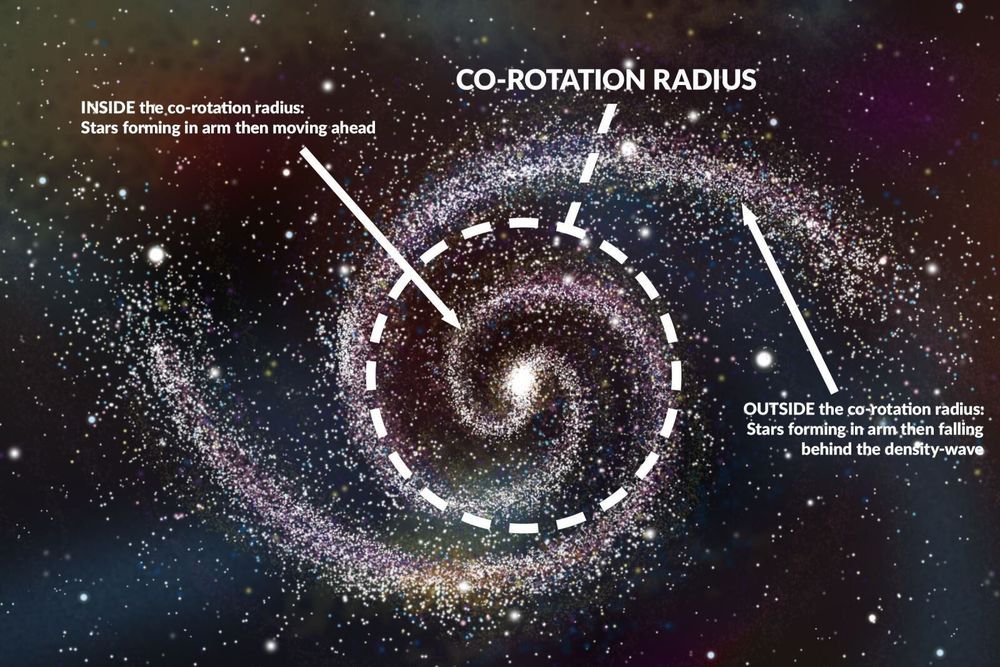
University of Arkansas astrophysicists have taken an important step toward solving the mystery of how disk galaxies maintain the shape of their spiral arms. Their findings support the theory that these arms are created by a wave of denser matter that creates the spiral pattern as it travels across the galaxy.
“The structure of spiral arms in disk galaxies is a mystery,” said Ryan Miller, visiting assistant professor of physics. “No one knows what determines the shape of these spirals, or why they have certain numbers of arms. Our research provides a clear answer to part of that mystery.”
Disk galaxies, including the Milky Way, comprise 70 percent of known galaxies. They are characterized by their spiral-shaped arms, but astronomers are not sure how these form and maintain themselves.
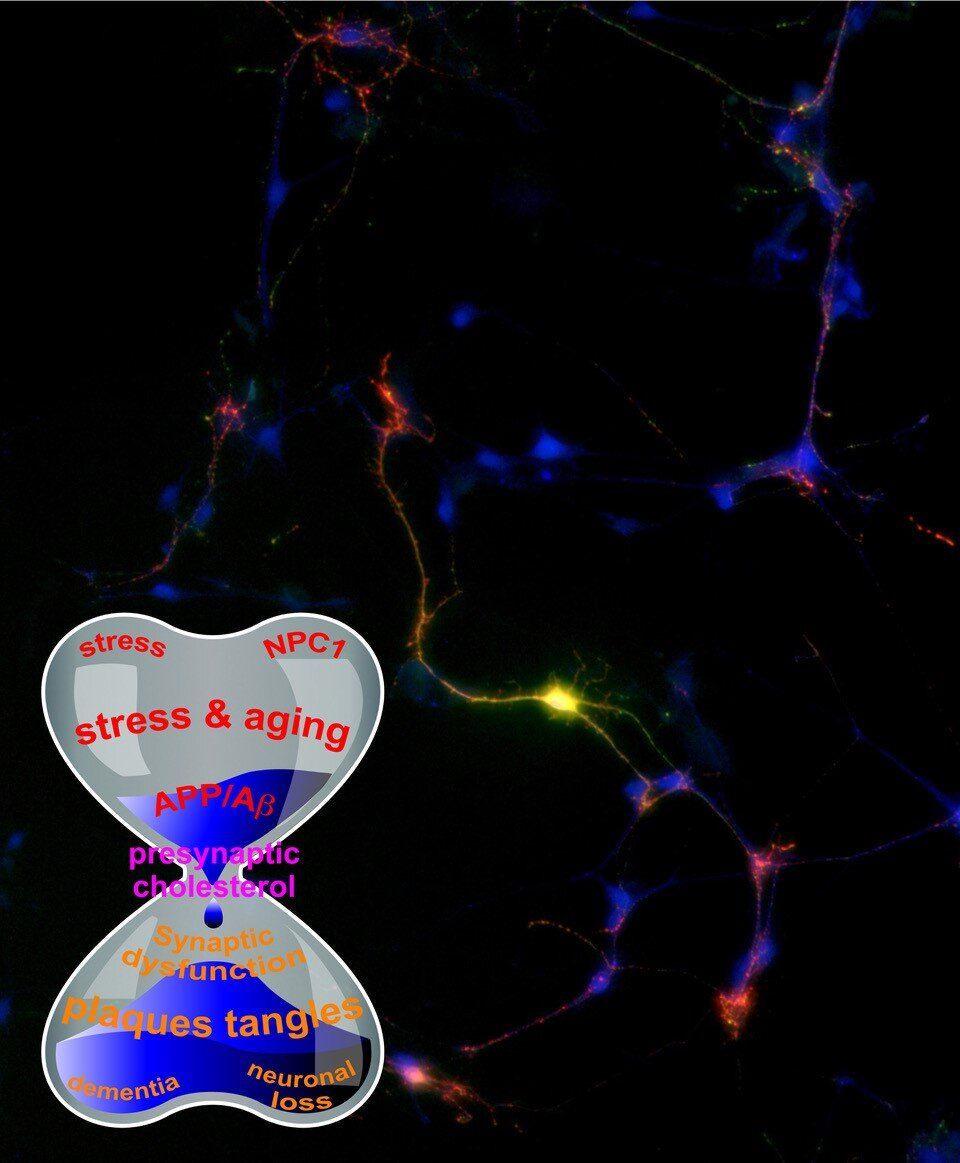
Worldwide, 50 million people are living with Alzheimer’s disease and other dementias. According to the Alzheimer’s Association, every 65 seconds someone in the United States develops this disease, which causes problems with memory, thinking and behavior.
It has been more than 100 years since Alois Alzheimer, M.D., a German psychiatrist and neuropathologist, first reported the presence of senile plaques in an Alzheimer’s disease patient brain. It led to the discovery of amyloid precursor protein that produces deposits or plaques of amyloid fragments in the brain, the suspected culprit of Alzheimer’s disease. Since then, amyloid precursor protein has been extensively studied because of its association with Alzheimer’s disease. However, amyloid precursor protein distribution within and on neurons and its function in these cells remain unclear.
A team of neuroscientists led by Florida Atlantic University’s Brain Institute sought to answer a fundamental question in their quest to combat Alzheimer’s disease—” Is amyloid precursor protein the mastermind behind Alzheimer’s disease or is it just an accomplice?”
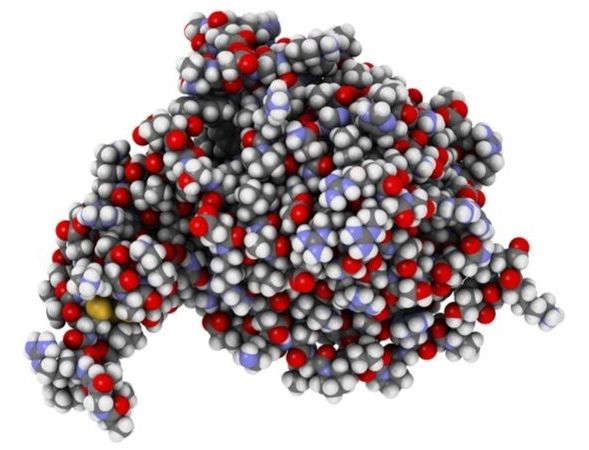
Sirtuins have long been implicated in playing a role in the longevity of various species, including our own, and researchers at the University of Rochester have now discovered more supporting evidence that they do.
What are sirtuins?
Sirtuins are a family of proteins that facilitate cellular function and have long been known to play a role in aging. In particular, they are responsible for functions such as gene expression and are involved in DNA repair. It has long been understood that sirtuins played a role in aging, but the key factor in how well they function is the presence of nicotinamide adenine dinucleotide (NAD+), a coenzyme found in all living cells. NAD+ biology is central to deregulated nutrient sensing and a reason why we age, and sirtuins play a key role in this biology.
